Away from the bustle of the Auto Expo 2020, we caught up with Sandeep N, Executive Vice President – Mobility Solutions at Bosch, for a chat about the latest goings-on in the next phase of mobility.
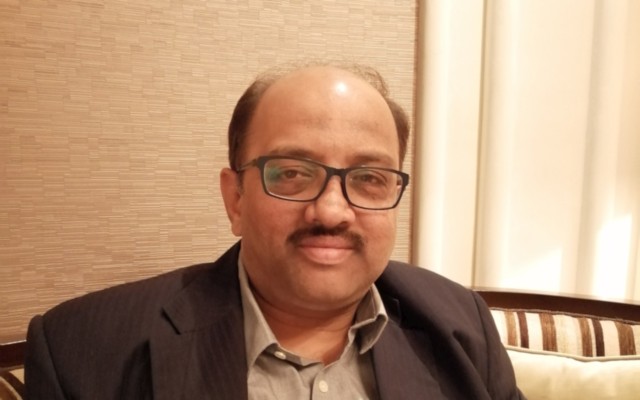
Car India (CI): Over the last five years, Bosch have focused on connectivity and electrification and a lot of it has borne fruit. What sort of spread do you see and are there any particular areas that have met or even exceeded targets so far?
Sandeep N (SN): Over the five years, apart from the focus on the, let’s say, regular legislative impulses coming out for migration from BS-IV to BS-VI. Then we had traction of ABS, ABS in four-wheelers, ESP in four-wheelers, so that’s one part of the traction we have built in the last five years. Mobility is also changing, as you have heard. We don’t look at mobility from the viewpoint of just automotive technology like we have done so far, but look at it more on our experience level as well and that’s where connectivity and personalization come. One part of connectivity, of course, is linked to efficiency. For example, we have ongoing traction built up for telematic devices and for commercial vehicles and there is a lot telematics can contribute to efficiency. We are definitely seeing a lot of traction built up there. Connectivity in two-wheelers, connectivity in passenger cars, also a lot of traction in a lot of projects. You see connectivity in the latest launch, the Nexon. Those are examples where solutions have already hit the road, so I see quite a bit of traction there.
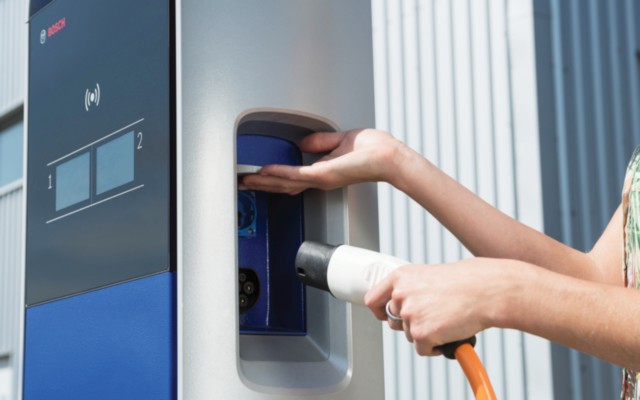
Convenience Charging by Bosch
CI: What have been your key areas of focus?
SN: Well, we basically have to get BS VI to hit the road in a way which is kind of all-inclusive, including our OEMs, including our legislative authorities, type approval, homologation, and a seamless introduction of BS VI ― that is priority one. We would then see traction of ESP (Electronics Stability Control) in passenger cars. Then the bigger wave coming in next years would be how we get into being a mobility solution provider rather than just an automotive technology provider.
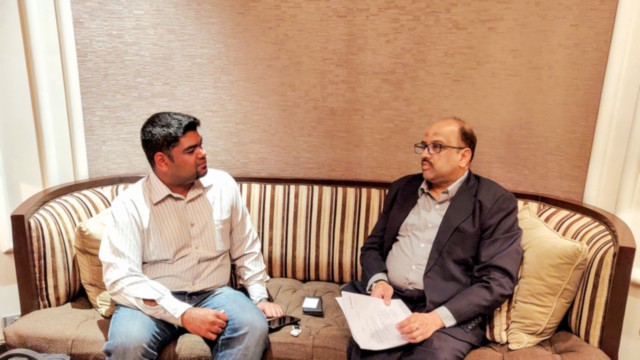
In conversation with Sandeep N of Bosch
CI: Sustainability is somewhat unclear with the rate of growth not just of the population, but also vehicle users. From an environment perspective, there shouldn’t be any more individual users, but from a business standpoint, that’s counter-productive. Where does one draw the line?
SN: Well, it depends on how you look at it. So far, the metric for the business has been the number of vehicles sold, but there is also another metric, let’s say, billion passenger kilometres and billion tonne kilometres, which would definitely be dependent on the population, need for people to be mobile and your GDP and IIP growth, and the need for you to move goods. So, if you look at it from a different lens, there would be a healthy CAGR, so the question for us is how do we move from just measuring the number of vehicles sold to these, which would definitely open up a lot more opportunities in the automotive industry.
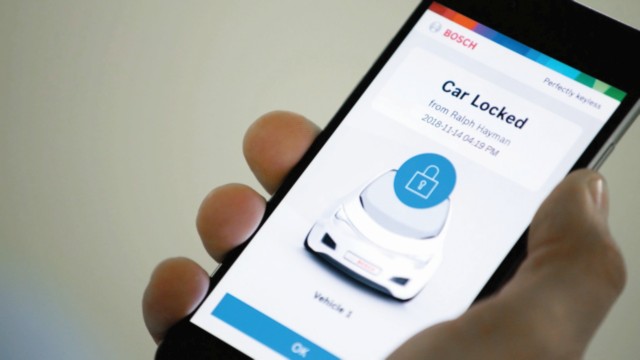
Bosch Perfectly Keyless Entry
CI: Mobility is evolving more from a product to a service. They are seemingly mutually exclusive. With shared mobility fast becoming a need, is personal mobility going to become a luxury very soon?
SN: I would say there would be a multi-modal mobility and not a situation where you will have shared mobility completely taking over the entire mobility landscape. But it depends on the use-case. I think the approach of the industry will gravitate towards use-cases rather than having one solution fits all. There will be areas where you would see personal mobility continuing which is driven by ambition of people to own a car. Our penetration compared to global numbers is fairly low, so on one side there is still an aspiration for people to own a car.
The second point is you can own a car for the weekends but for your commute you would choose to be multi-modal. In the case of you and me, you have one car and you use it for everything. Going to the future, the fact that you are connected opens up a lot of opportunities for you and you will start looking at your mobility as per your use-cases. Say, you have an office commute, you look at it in a different way. You have a weekend commute, you look at it in a completely different way. And the fact that you’re connected enables you to do all this. There the options will be explored. It’s not that you have a car and you use it regardless; you modify as you go.
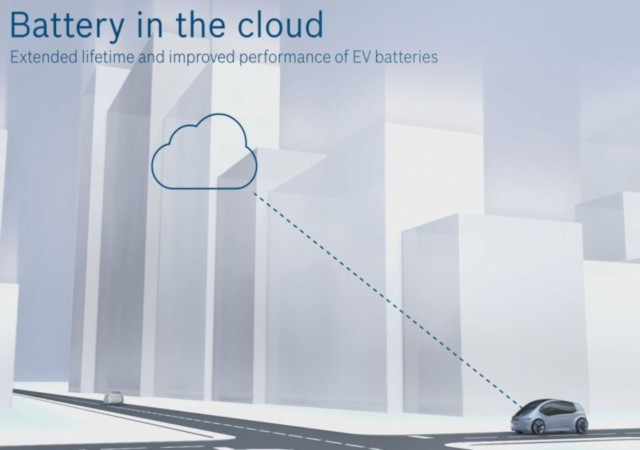
CI: Where do you see the biggest breakthrough coming in next? What’s the avenue that could break new ground for a new market, perhaps?
SN: There are four pillars that you can look at this breakthrough. We call it PACE: Personalization, Automated driving, Connected, and Electrified. Connected and Electrified have received a lot of press, but we will see bigger strides being made in Personalization as well, such as services. Automated driving depends on how you see the use-cases. Automated need not be only Level 4 or Level 5 completely automated environment. There is a way to get there and that is where we will start seeing more traction in the market building up, because there are use-cases that get benefited out of this. So, Forward Collision Warning, Automated Emergency Braking, Lane Departure Warning, Driver Drowsiness Detection, these features will start seeing mass traction.
There are specific use-cases where you could also see some degree of automated driving coming in, for example, in campus mobility such as in campus shuttles that are Level 3 automated. So, these personalized solutions are a way to get automated driving and connected greater traction. Connected is more about one having to be connected, the second part once you get that it opens up options for you for more value-added business.
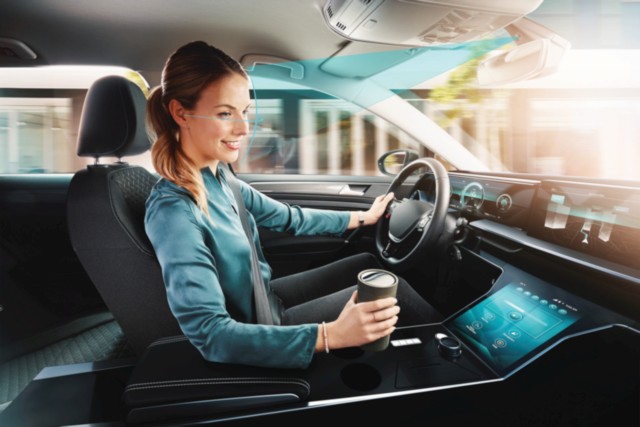
Bosch Interior Monitoring System
CI: Do you see the potential for a considerable improvement in infrastructure in India in terms of V2X and so on? Will the present mindset of the masses allow that to be sustained and establishing itself as something that people can actually use?
SN: I think we will find our own way there. There is always a balance between what you do at edge to what you do in a cloud. I think we have lots of opportunities to what we can do in the cloud and there the approach will be more appropriate for India and we may not spend so much money in edge computing and making the vehicles very complicated. The fact is that we have a massive connected population and we can still orchestrate quite a bit through the cloud.
CI: Do you have partners for this or are you building something yourselves or are you looking at target smart cities?
SN: There would be a multi-pronged approach. There are some technologies, some use-cases where you would definitely need partnerships with mobility and telecom service providers, but there are things that we are better off at doing alone. We are investigating all options at the moment.
CI: When it comes to personal mobility, last-mile mobility, are there any other smaller solutions that we have not heard of? Some that could make a big impact on an individual and masses? Someone who chooses not Segways but bicycles that are sharable but not owned.
SN: Well, there are multiple start-ups that are working on such personal last-mile mobility solutions. At the moment in India, we are not focusing on that particular part but more on last-mile connectivity issues; for example, electrification of three-wheelers. This is one segment we believe will have a good potential going forward and the business model will possibly drive the need to have electrified three-wheelers. So, the digital business models will open up a lot more opportunities in this space. That’s one area we are focusing on when you talk about last-mile connectivity.
What’s new from Bosch Mobility Solutions?
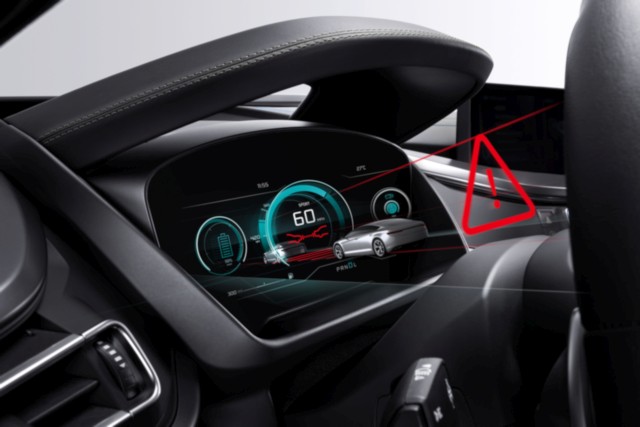
Bosch 3D Display; now also in the new Genesis G80 luxury saloon
At Bosch, innovation is constant and if something all-new isn’t being conceived, there’s something fresh out of the oven that will make things even better than they used to be. Thus, at the Bosch Mobility Solutions press conference, there were many familiar technologies and components and quite a few evolutions as well, apart from some which made their way to public eye for the first time.
We’ve been to their press events before and everywhere from Stuttgart, at home in Boxberg, and their homes away from home at Chakan and in Bengaluru and their path, over the past five years, had become clear ― electrified, automated, and connected. As such, Bosch connectivity goes beyond mobility and into everything from home and electronics solutions to a vast interactive data network that not just maximizes connectivity and information sharing, but also safety.
Bosch solutions aren’t all essentially whole units that are always comprehensive in nature; some of them are minuscule, such as their MEMS sensors in smartphones and the various sensors within cars that pave the way not just towards electrification and greater safety, but towards automated driving altogether.
Among the presented solutions were primarily those addressing the need for information display and awareness creation, battery packs, e-motors and 48-volt electrification technology, and networking with regard to charging and V2X (vehicle-to-X) connectivity.




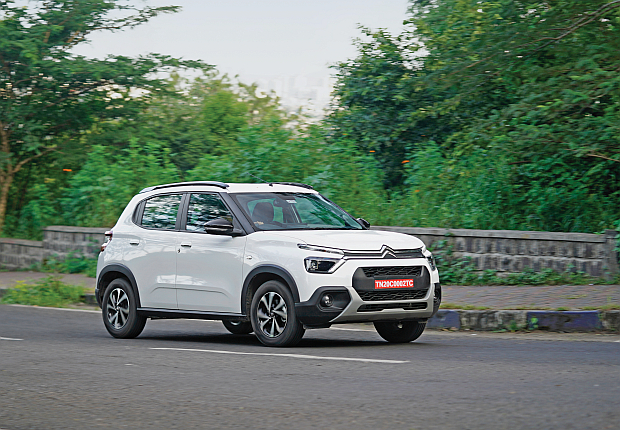
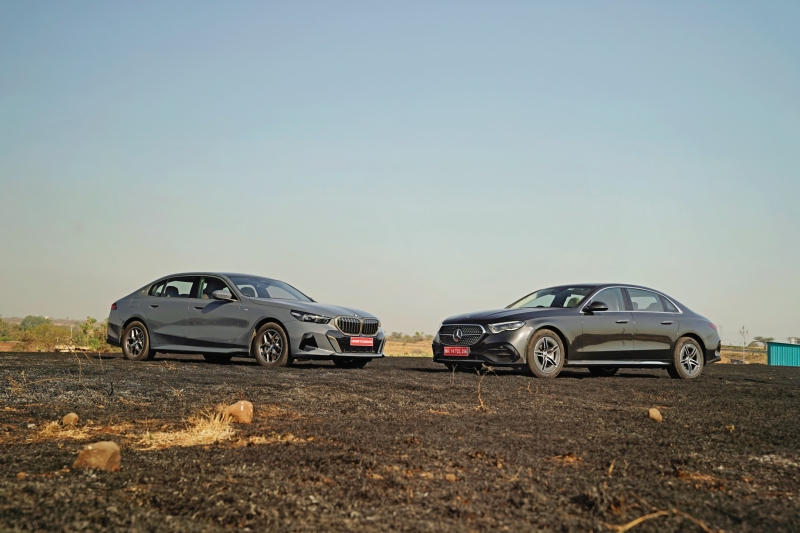

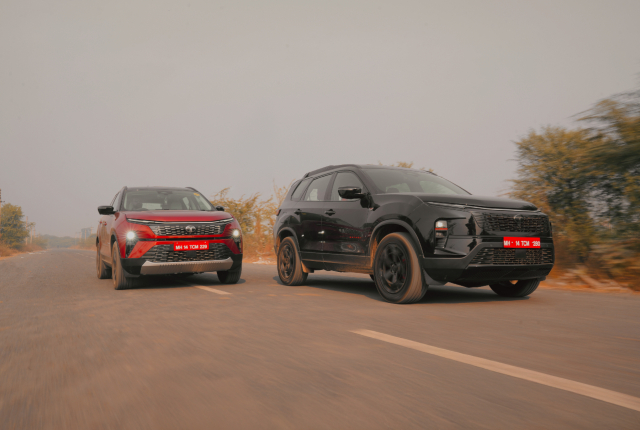











Leave a Reply